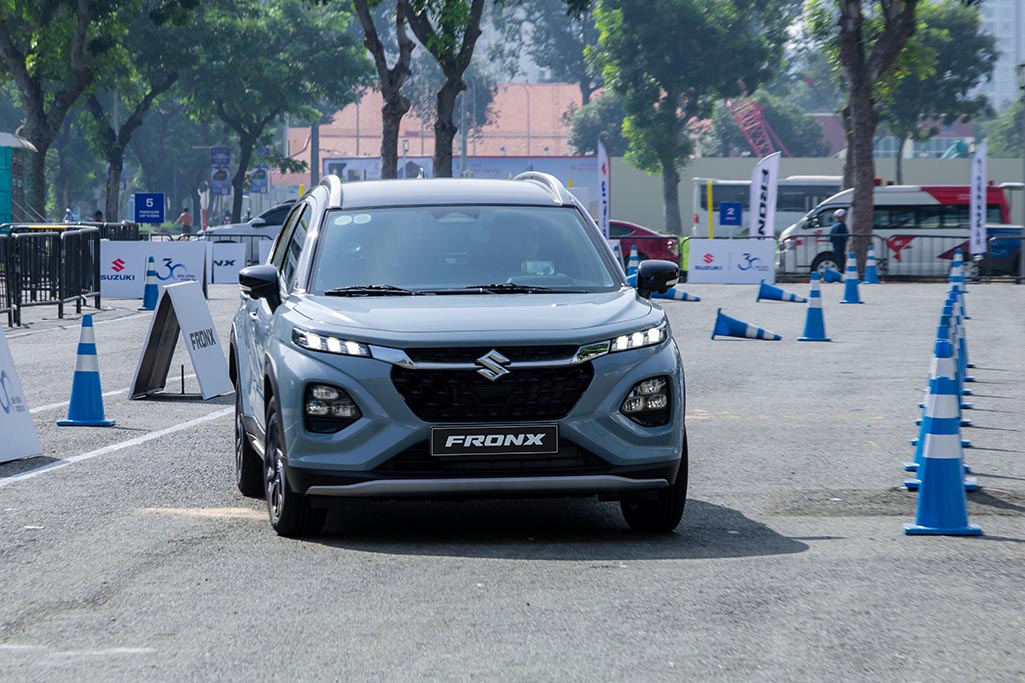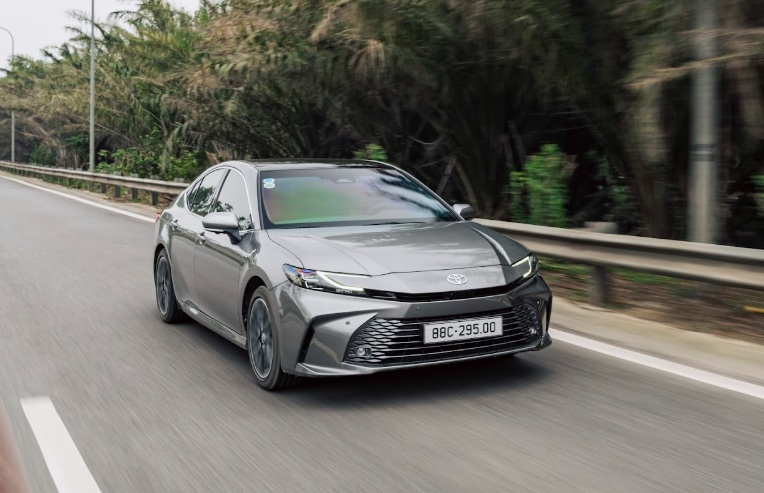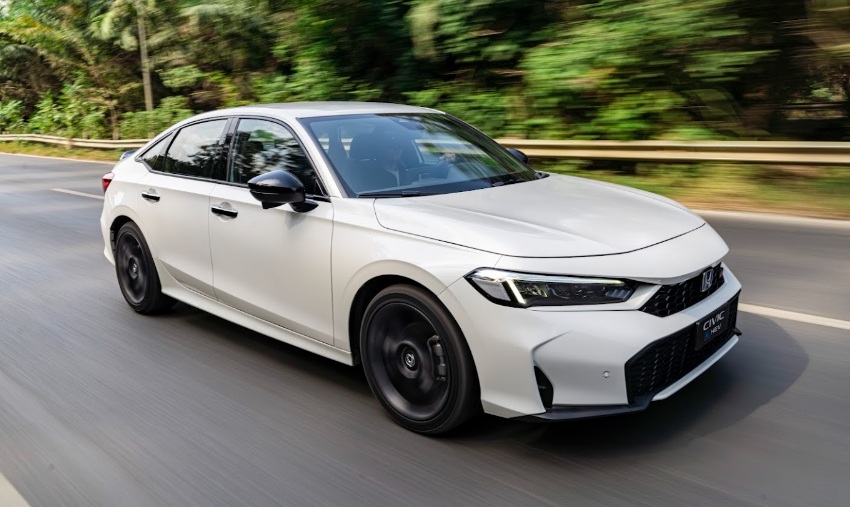Japanese Automakers Shift Focus to India with Multi-Billion Dollar Investments in Manufacturing and Export Expansion.
This strategic move comes as industry giants like Toyota, Honda, and Suzuki restructure their supply chains to reduce reliance on China and leverage cost advantages in the world’s third-largest economy.
India Emerges as a New Strategic Manufacturing Hub
Toyota and Suzuki recently announced plans to invest approximately $11 billion to expand production capacity and exports in the world’s third-largest automotive market.
Simultaneously, Honda confirmed its commitment to establishing India as a key production and export hub for electric vehicles, targeting both regional markets and Japan. This marks a significant shift in the company’s electrification strategy.
Competitive manufacturing costs, a vast young workforce, and robust government incentives under Prime Minister Narendra Modi’s administration make India an increasingly attractive destination for Japanese companies, particularly as business challenges mount in China.
Additionally, India’s restrictive policies on Chinese electric vehicles create a favorable environment for Japanese automakers to develop products without direct competition from major players like BYD or SAIC.
Japanese Investment Shifts Away from China
Japanese government data reveals a sevenfold increase in direct investment in India’s transportation sector, including automotive manufacturing, from 2021 to 2024, reaching 294 billion yen ($2 billion) in 2023. Conversely, investment in China plummeted by 83% to 46 billion yen.
Toyota is accelerating the localization of components, particularly for its hybrid vehicles, which are experiencing surging demand. The company aims to launch or upgrade 15 models in India by 2030, targeting a 10% market share, up from the current 8%.
At the Japan Mobility Show, Toyota Chairman Koji Sato emphasized India’s growing importance: “India plays an extremely critical role and will continue to experience robust growth for years to come.”
Toyota has allocated over $3 billion to expand its southern India plant, increasing capacity by 100,000 vehicles annually, and is constructing a new facility in Maharashtra, slated for completion before 2030. Upon completion, Toyota’s total production capacity in India will exceed 1 million vehicles per year.
Honda, renowned for its motorcycle division, now identifies India as its second most important automotive market after the U.S. The company will begin exporting its Zero Series electric vehicles from India starting in 2027.
Suzuki, through its Maruti Suzuki joint venture, maintains its position as India’s top-selling automaker and largest car exporter. The company is investing an additional $8 billion to increase production capacity from 2.5 million to 4 million vehicles annually.
Advantages of Policy Support and Market Scale
With an average GDP growth rate of 8% over the past three fiscal years, India is capitalizing on its economic recovery and supply chain shifts to attract further manufacturing investment. Last fiscal year, the country produced approximately 5 million vehicles, exporting 800,000, a 15% increase year-over-year.
Policies restricting Chinese investment indirectly benefit Japanese companies, allowing them to expand production capacity with minimal competitive pressure from Chinese manufacturers.
TH (Tuoitrethudo)
China’s Passenger Car Sales Reach 10.89 Million in H1
The Chinese automotive market witnessed steady growth in the first half of 2025, with a significant milestone achieved: over half of the vehicles sold were new energy vehicles (NEVs). This marks a pivotal moment for the global electric vehicle industry, showcasing China’s commitment to sustainable transportation and a promising future for NEVs.
















































